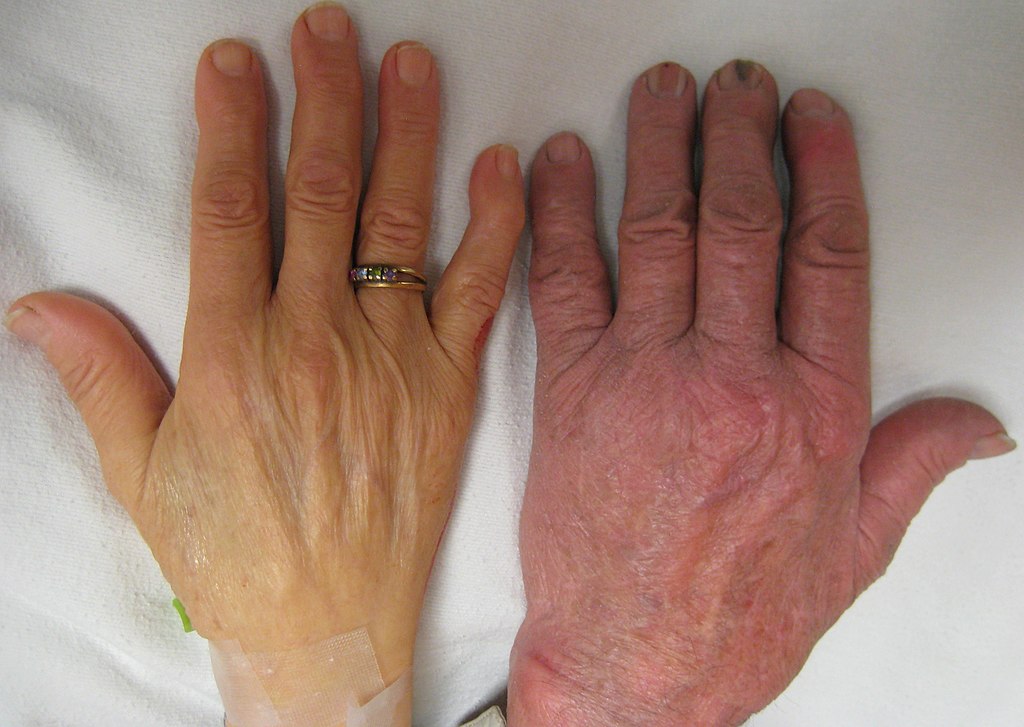NEW DELHI: Several medical experts claim that anaemia cases may be higher in India as the National Health Family Survey-5 doesn’t include the number of anaemic cases between 10-14 years of age. Also, cardiologists say that the symptoms of anaemia are similar to those of heart illness.
Dr Gaurav Gupta, Cardiothoracic & Vascular surgeon, from PSRI Hospital, New Delhi, told The Sunday Guardian, “There are times when anaemia cannot be detected at an early stage since the symptoms of anaemia are similar to the symptoms of heart diseases like breathlessness, body swelling, easy fatigue, tiredness, and palpitation. Once someone gets anaemia, the symptoms of heart illness will come faster.”
The data, as per the National Health Family Survey (NFHS) 5, states that anaemia has increased from 53% (NFHS-4) to 57% amongst all women between the ages of 15–49 years. Similarly, the NFHS data also shows that anaemia cases have increased among adolescent girls between the ages of 15-19 years.
Anaemia is majorly prevalent for other reasons, but Dr Gupta has witnessed two types of anaemia widely prevalent amongst the privileged and underprivileged classes. Dr Gupta added, “Well-off people have anaemia of blood loss, whereas, many underprivileged people suffer from nutritional-deficiency anaemia. Sometimes, congenital anaemia is also prevalent.”
Along with economic causes, cultural and traditional aspects also tend to be the hidden causes of anaemia as, in the urban class, nutrition intake is also insufficient amongst women. “During menstruation, women lose blood and, culturally, many women in India feed on leftovers, so the iron-rich foods are mostly taken by men. Also, patriarchy plays a significant role; men eat meat, whereas, women consume more vegetables as compared to meat, depending on the cultural aspects and beliefs of the families,” he added.
Looking into the health of women and the increasing cases of anaemia amongst women, Dr Sheetal Sachdeva, Consultant Obstetrics and Gynecology, Apollo Cradle & Children’s Hospital, New Delhi-Moti Nagar, told this paper, “Anaemia is a disease that affects almost one-third of the global population and is more prevalent in the elderly and in children. Anaemia is neglected in India because of illiteracy, and unawareness about the right kind of food to eat and to avoid. Women in India are most negligent about their health. Malnourished diet, heavy and irregular menstrual abnormalities and intestinal parasitic infestation are the common causes.”
To address women’s issues on a life-cycle continuum basis, under ‘Mission Shakti,’ the Government of India has also decided to implement an umbrella scheme to ensure the safety and security of women. According to the Lok Sabha report, the Government of India has taken several steps like Pradhan Mantri Matru Vandana Yojana (PMMVY), Beti Bachao Beti Padhao (BBBP) Scheme, One Stop Centre (OSC) and Universalisation of Women Helpline, Swadhar Greh Scheme, Ujjawala Scheme, Mahila Shakti Kendra (MSK) to promote the empowerment of women and girls through their social, educational, economic, and political uplift.
‘Anaemia symptoms are similar to those of heart illness’
- Advertisement -

